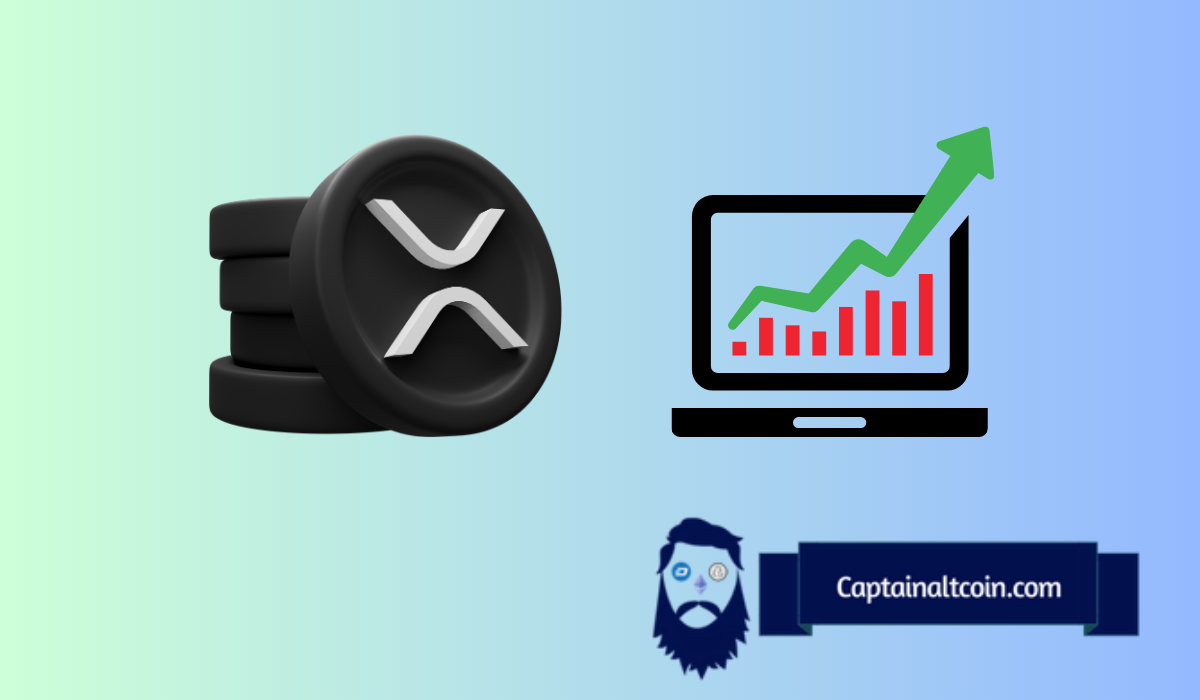Student loan debtors brace for double pressure from Trump’s BBB, as Biden relief ends

Monthly student loan bills are about to blow up for millions of borrowers, thanks to Biden’s interest-free payment break ending, and Trump’s new policy stepping in. That means people who’ve been paying nothing or very little might soon owe double what they’re used to.
Starting August 1, the SAVE plan’s interest freeze officially ends. This means anyone still enrolled and not paying enough to keep up with interest will watch their balance grow again. This is a big change from the past year, when millions were shielded from interest while legal fights dragged on. The Department of Education kept borrowers in forbearance under SAVE while the courts sorted things out, but now that’s over.
The SAVE plan, which stands for Saving on a Valuable Education, had nearly 7.7 million enrollees, according to the Education Department’s statement earlier this month. It was a soft pillow for many. Payments were tied to 5% of your discretionary income, and interest didn’t grow as long as you made your monthly payments. But that safety net’s gone.
“SAVE was incredibly generous,” said Scott Buchanan, who runs the Student Loan Servicing Alliance. He’s not wrong. Compared to what’s coming, SAVE was basically a gift.
Borrowers now need to find another repayment plan. And fast. The Department of Education says people in SAVE should move to something “legally compliant,” like the Income-Based Repayment (IBR) Plan. Secretary of Education Linda McMahon made that clear in a press release. Buchanan backed it up, saying IBR is “the best plan for almost everyone” now that SAVE is toast.
Trump’s RAP plan coming in 2026, but offers no guarantee
Trump’s so-called “Big Beautiful Bill” will completely phase out most existing income-driven plans down the line. In their place, a new plan called the Repayment Assistance Plan (RAP) is set to launch by July 1, 2026. RAP will be another income-based program, but there’s no clear answer yet on how much lower or higher monthly payments will be under it.
“It’s going to range dramatically based on your income,” Buchanan said. In other words: it might help you. It might not.
For now, borrowers are stuck with IBR unless they qualify for deferment or another form of relief. There are online calculators where you can plug in your numbers and see how bad it’s going to be. But those aren’t magic. They don’t stop the bill from coming.
Nancy Nierman, assistant director of the Education Debt Consumer Assistance Program in New York City, warns that the jump from SAVE to IBR could be unmanageable for a lot of people. “In severe cases, it could result in people being forced to move, or they will just resign themselves to default and involuntary collections,” she said.
This isn’t just theoretical. There are people right now looking at bills they can’t pay. Carolina Rodriguez, director of the same consumer aid program, is helping a married couple staring at a combined $4,000 monthly student loan bill under IBR. That’s not a typo. Four grand.
“My client said that these payments would mean no extracurricular activities and other opportunities for his children, which might set them back in comparison to their peers,” Rodriguez explained. Under the SAVE plan, their payment would’ve been $2,400. Still a lot. But far less than what they’re about to owe now.
Not everyone can just switch into RAP or wait until 2026. And deferment isn’t a get-out-of-jail card either. For those with loans taken out before July 1, 2027, there’s still access to economic hardship deferment and unemployment deferment under the new law. But those are temporary band-aids. They don’t erase debt. They just delay the pain.
KEY Difference Wire: the secret tool crypto projects use to get guaranteed media coverage
